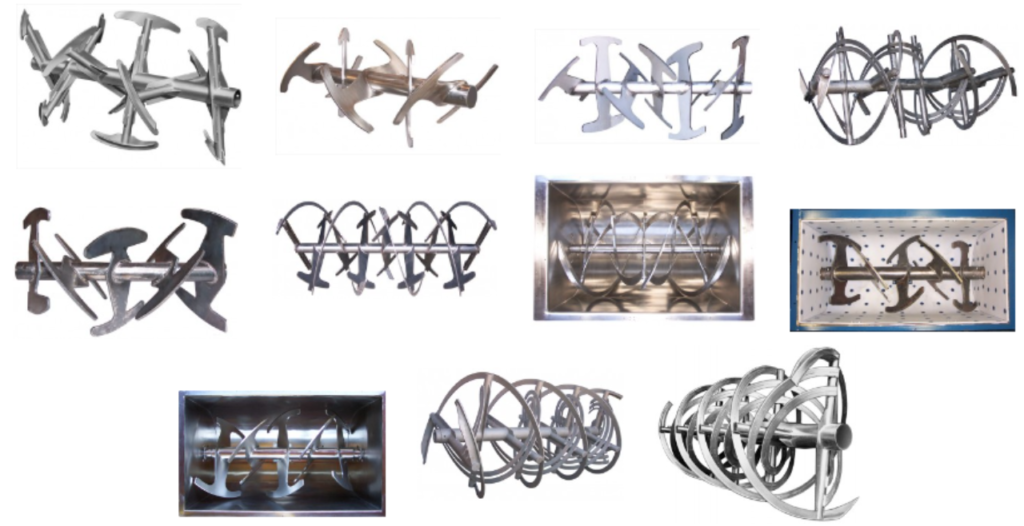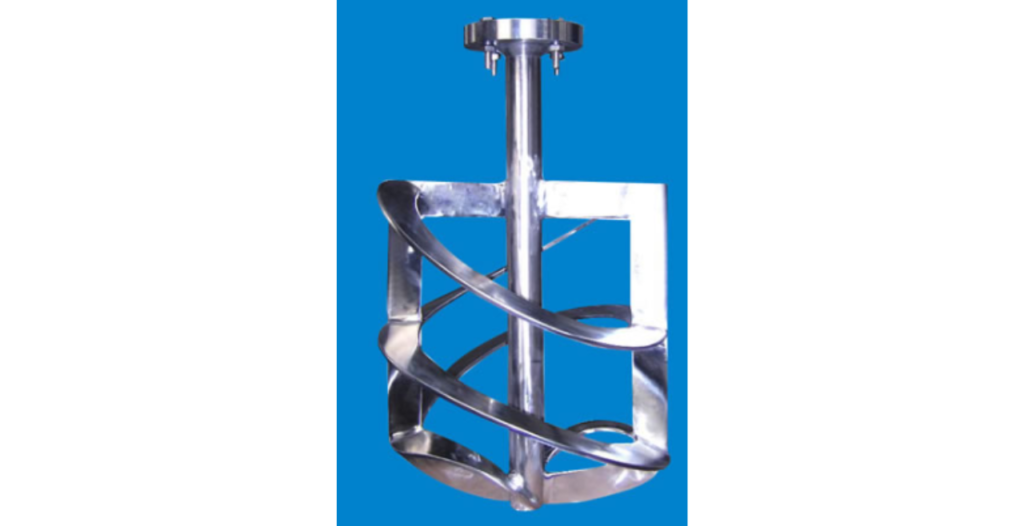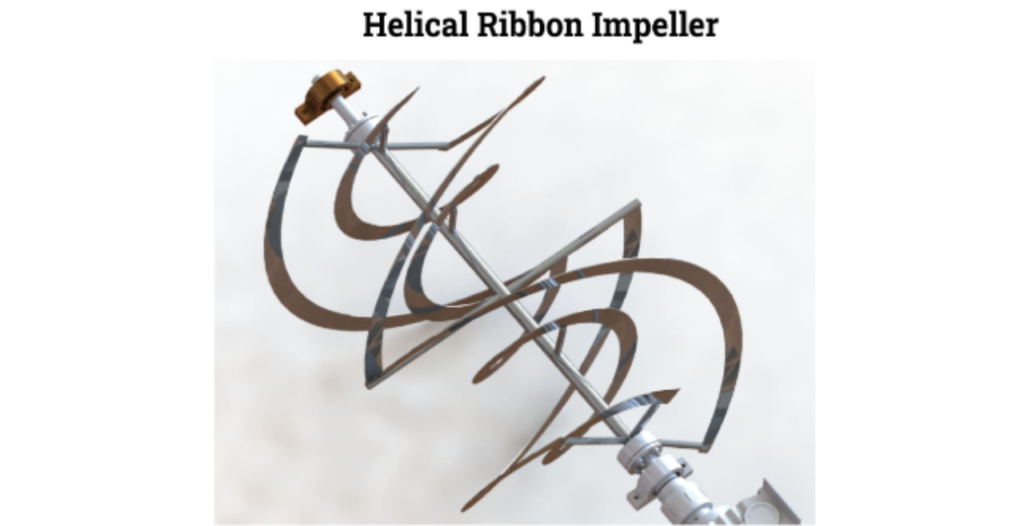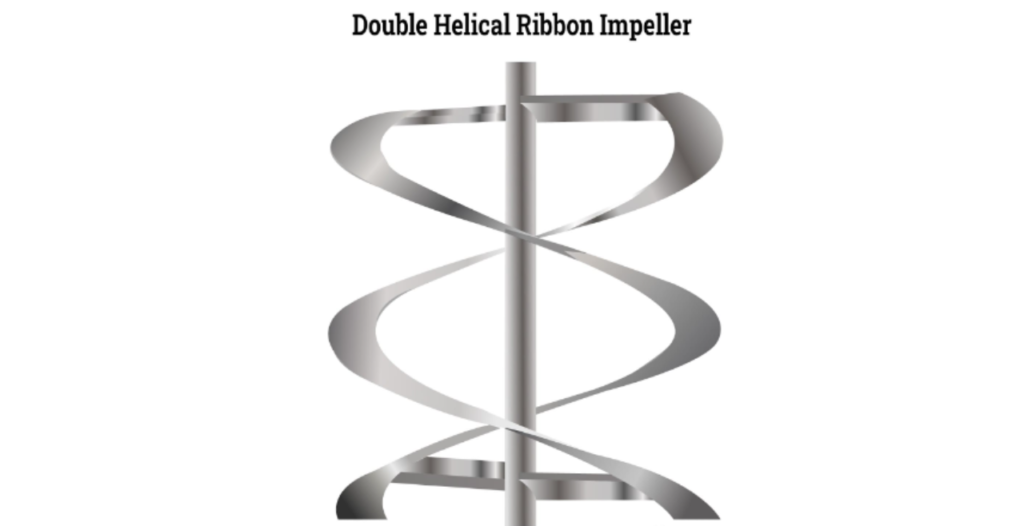Agitators Technology
Helical Agitators
Helical agitators/helical ribbon/spiral agitators are a type of industrial mixing equipment used to agitate and blend viscous and shear-sensitive liquids in tanks or vessels.
They are characterized by their impeller design, which features a helical ribbon or spiral-shaped blade that wraps around a central agitator shaft. The working principles of helical agitators involve the following key aspects:
Design: Helical agitators consist of an agitator shaft connected to a motor and an impeller with a continuous helical ribbon or spiral blade. The impeller is typically positioned near the bottom of the tank.
Agitation: When the motor is activated, it drives the agitator shaft and impeller. The helical blade’s rotation generates a gentle and continuous flow pattern within the tank, creating turbulence and promoting mixing of the tank’s contents.
Flow Patterns: Helical agitators create a helical flow pattern, where the liquid is moved in a spiral motion along the tank’s walls. This spiral motion ensures thorough blending without introducing excessive shear forces.
Speed and Direction: The speed and direction of the impeller’s rotation can be adjusted to control the mixing intensity and direction, allowing customization for specific applications.

Advantages:
Gentle Mixing: Helical agitators provide gentle and continuous mixing, making them suitable for shear-sensitive materials and processes that require minimal agitation.
Effective Blending: They ensure thorough blending and homogenization of high-viscosity and shear-sensitive liquids, preventing the formation of stagnant zones.
Low Shear: Helical agitators generate minimal shear forces, making them ideal for processes that require gentle handling of materials.
Versatility: Helical agitators are versatile and suitable for a wide range of applications due to their efficient and gentle mixing capabilities.

Disadvantages:
Limited for Low-Viscosity: While excellent for high-viscosity materials, helical agitators may not be as efficient for processes that involve low-viscosity liquids or rapid mixing.
Space Requirements: The design of helical agitators can limit the usable space within the tank, which may be a constraint in some applications.

Applications: Helical agitators are used in various industries and applications, including:
Chemical processing: Mixing and blending of viscous chemicals, polymers, and adhesives.
Water and wastewater treatment: Gentle agitation, flocculation, and chemical dosing.
Pharmaceutical manufacturing: Blending high-viscosity pharmaceutical formulations and cultures.
Food and cosmetics production: Homogenizing high-viscosity sauces, creams, and lotions.
Pulp and paper: Stirring pulp stock and coatings in paper manufacturing.
Biotechnology: Gentle agitation of bioreactors for shear-sensitive cell cultures and fermentation processes.

Summary: Helical agitators are specialized industrial mixing equipment designed for gentle and effective agitation of viscous and shear-sensitive liquids.
Their continuous helical ribbon or spiral blade creates a gentle and continuous flow pattern, ensuring thorough blending and homogenization without excessive shear forces.
While they may not be suitable for all applications, helical agitators excel in processes that require gentle handling and mixing of high-viscosity materials.
They offer advantages such as low shear, effective blending, and energy efficiency, making them valuable tools in various industries, including pharmaceuticals, chemicals, and food production.


 Sales & Marketing:
Sales & Marketing:  Service Supports:
Service Supports:  Website:
Website: 